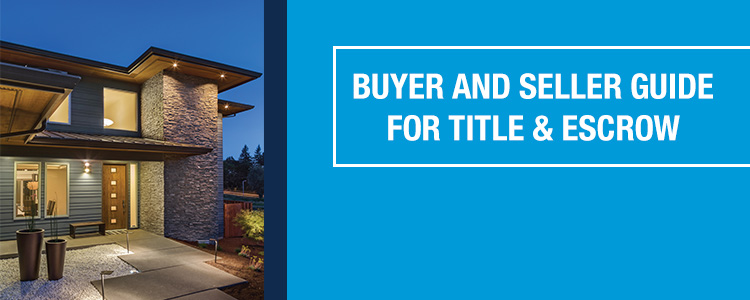
When people talk about a real estate purchase, they sometimes use the terms “signing” and “closing” interchangeably in reference to the event when the buyers sign documents with Escrow. However, there are several events that take place between the buyer’s signing appointment and the actual closing of the real estate transaction. Let’s take a moment and review that process.
Signing of Documents
Escrow receives instructions to prepare the settlement statement so the lender can provide the Closing Disclosure to the buyer/borrower for acceptance and signature. During the waiting period, the escrow company can prepare the necessary escrow and title transfer documents. After the required waiting period, the lender will then forward the documents for signature to the escrow company, so that the signing appointments can be scheduled.
Lender Reviews Documents & Funds the Loan
Once the loan documents have been signed, the escrow officer delivers them back to the lender either by email, fax or physical delivery for review. When the lender is satisfied that all required documents have been signed and all outstanding loan conditions have been met, the lender will notify escrow that they are ready to disburse the loan funds to escrow. Upon receipt of the wire from the lender, the escrow officer is authorized to send the transfer documents to the county for recording. The time frame for review is normally 24 to 48 hours.
Download
Download a printable version of this article. CLick the following link: What Happens Between Signing and Closing of Escrow
Excise Tax
Real estate transactions in Washington State that involve conveyance or transfer where consideration is paid, require the payment of excise tax. All appropriate tax amounts must be paid before the county will allow the Deed conveying title to be recorded.
Recording is Authorized
Once recording is authorized by the lender, and all funds have been received, documents are either electronically recorded or hand-carried to the county recorder’s office by the title insurance company. The Warranty Deed is recorded first, showing the transfer of the property to the buyer, with the Deed of Trust recorded next. Recording the Deed of Trust just after the Deed insures the lender’s first lien position on the property.
Closed and Recorded
Recording numbers are the unique and specific numbers given by the county recorder’s office to a properly executed legal document thereby making it part of the public record. In other words, when we have recording numbers, the buyer is “on record” as holding title to the property and based on the possession date in the purchase agreement, the new owner may take possession and proceeds may be disbursed to the seller.
